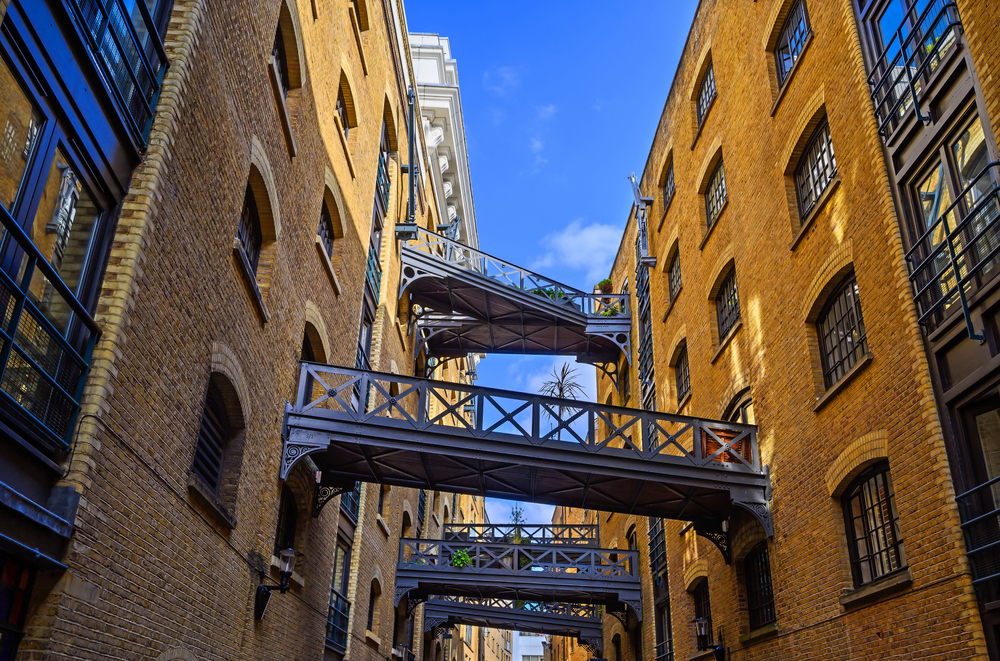There have been several events in recent years that have changed the shape of the housing market in London. The arrival of the Covid-19 pandemic, increased legislation, and the impact of Brexit, along with recent political economic factors, have all played a major role. This has made things more challenging than ever for landlords, especially when it comes to maximising rental yield.
Traditionally, rental yield in London tends to hover around the 3-4% mark and that continues to the case in 2022, although there has been a small decline compared to 2021. This indicates that there is still plenty of strength left in the market, even if the cost-of-living crisis is putting an increased strain on the buy-to-let market. Getting a valuation of your rental property is a good place to start to understand its true potential.
Rising interest rates and inflation could all contribute to a slowing down of the sales market, which will likely mean the rental market will expand further. This will lead to an increased need for quality buy-to-let and rental accommodation as those unable to afford a mortgage will look at alternatives.
How to maximise your rental yield
1. Make the most of your tax breaks
There are still many landlords in London who do not deduct all their permitted rental expenses from their gross rental income. Operating costs such as general maintenance and repairs, utility bills, council tax, insurance, accountant’s fees, letting agent fees and ground rents can all be included as part of the allowable expense.
2. Make the most of your tax breaks
Rental supply and demand fluctuates throughout the year, which also means the value of your property changes too, rising and falling in line with seasonal demand. So, for example, if new tenants move in December and the high point of the year is April, you could request that the contract runs for 16 months, ending in April the following year so you have the best chance possible to achieve the highest yield.
3. Consider renting to students
Renting your property out to students in London offers a few benefits. If you own a large property, students tend to rent together in groups of 3-5, which can be a great way of increasing your monthly income with rent charged for each individual bedroom/dwelling. There is a consistent demand for student accommodation, and they also tend to stay for a minimum of 12 months, which reduces the risk of costly void periods. And if they are continuing their studies and are happy with the property, chances are they will stay there for even longer.
4. Consider renting to students
Everyday wear and tear will start to affect the overall condition of any property, although it is unlikely to affect the living standards of any new tenants. But to help you get the best possible deal it is a good idea to touch up the property, so it makes an instant impression. Whether it’s painting the walls or refreshing the flooring, these types of investments can really make a difference and give you the edge over the competition. This also applies to any repairs and maintenance that needs to be carried out on the property.
5. Consider allowing pets in the property
Having pet-friendly accommodation can increase your tenant options, as many landlords tend to steer clear of allowing pets to stay in their property. According to a survey carried out by the Dogs Trust, 78% of pet owners have struggled to find suitable accommodation that accepts pets. Due to the difficulties involved, renters with pets tend to stay for longer, which reduces the risk of the property being left vacant and ensures you can maintain your yield. You could also include a ‘pet premium’ payment for added assurance regarding property damage.
Get more from your rental property
Hastings International work closely with landlords in London Bridge, Shad Thames, Rotherhithe and across central London, helping them to maximise their yields in a changing property market. Find out what we can do for you by getting in touch with your local team today.




